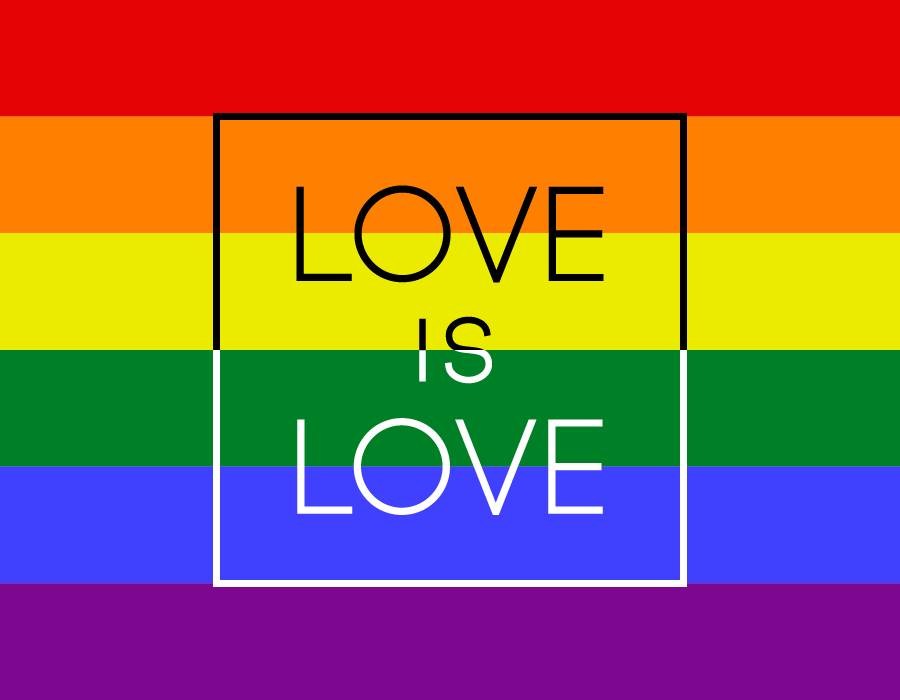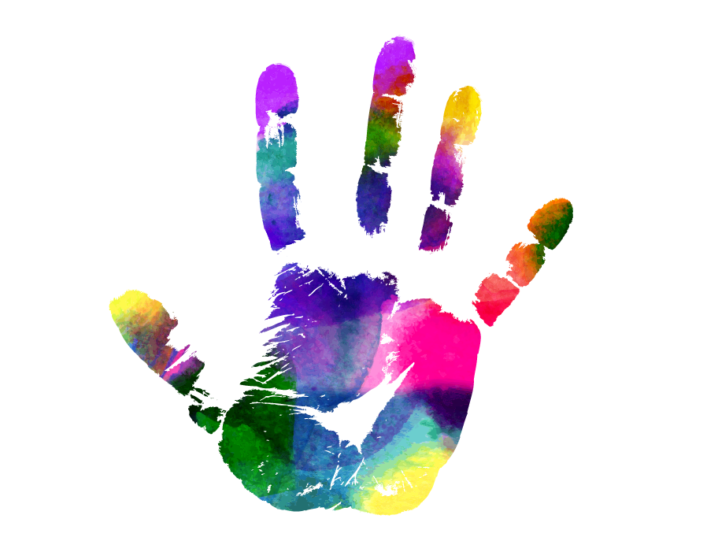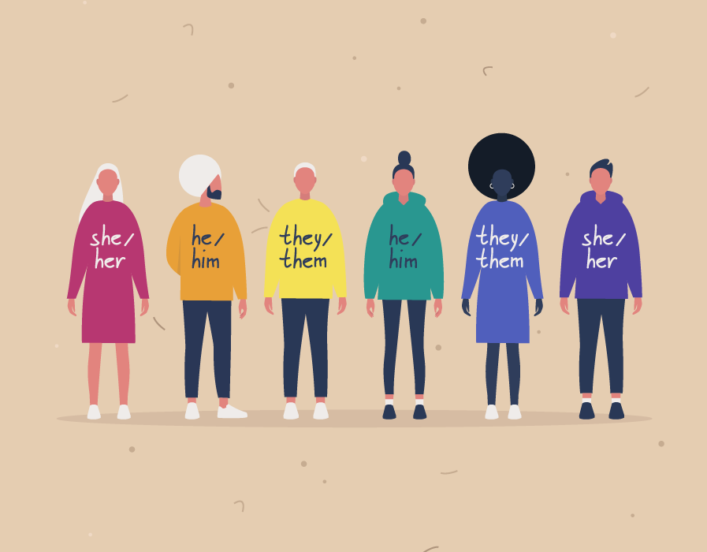DEI Toolkit: Sexual Orientation

Definition of sexual orientation
a person’s sexual identity or self-identification as bisexual, heterosexual, homosexual, pansexual etc.
Source: Merriam-Webster Dictionary
Sexual orientation is an inherent emotional, romantic or sexual attraction to other people. A person’s orientation may be in relation to the gender to which they are attracted. While there are numerous ways to identify one’s sexual orientation, these are the most common sexual orientations:
- Heterosexual or straight describes a person who is attracted only or almost only to the “other” gender.
- Gay, lesbian and queer describe a person attracted only or almost only to those of the same gender.
- Bisexual or bi describes a person attracted to both men and women, though not necessarily equally or at the same time.
- Pansexual and omnisexual describe a person attracted to those of any gender.
- Asexual describes someone not sexually attracted to any gender. This is different from deciding not to have sex with anyone (abstinence or celibacy).
- Androgyny describes a person who has qualities or states of being neither specifically feminine or masculine.
- Intersex describes a person who is born with reproductive or sexual anatomy that does not fit typical definitions of male or female.
- Two-spirit describes a person who identifies as having both masculine and feminine spirits.
Two other terms carry over into gender expression as well as sexual identity:
- Questioning refers to someone who may be unsure of, reconsidering or chooses to hold off identifying their sexual identity or gender expression or identity.
- Queer, traditionally a derogatory term, has been reclaimed and appropriated by some LGBTQ individuals as a term of self-identification. It is an umbrella term which embraces a matrix of sexual preferences, gender expressions and habits that are not of the heterosexual, heteronormative, or gender-binary majority. It is not a universally accepted term by all members of the LGBTQ community, and it is often considered offensive when used by heterosexuals.
The above terms form the basis of the LGBTQ acronym. The term LGBTQ continues to evolve to be more inclusive. Variations include LGBTQIA (lesbian, gay, bisexual, transsexual, queer or questioning, intersex, and asexual or allied). Another variation is LGTQQIP2SAA (lesbian, gay, bisexual, transgender, questioning, queer, intersex, pansexual, two-spirit (2S), androgynous and asexual). Yet another is LGBTTQQIAAP (lesbian, gay, bisexual, transgender, transsexual, queer, questioning, intersex, asexual, ally, pansexual). To keep the acronym brief, sometimes you’ll see LGBTQ+.
Unfortunately, discrimination based on sexual orientation occurs within the U.S. in schools, workplaces, and public environments. These acts can negatively affect the physical and mental health of someone who is discriminated against and lead to other types of discrimination. Sometimes, the discrimination is accidental; people may be ignorant to terms or expressions that are offensive. Sometimes, it’s purposeful. There are numerous hate groups established specifically to discriminate against those who identify with the LGBTQ community.
However, we can bring about change needed to accept others. The first step to creating a more inclusive environment is to understand the terminology associated with a person’s sexual identity. If you don’t know what terminology a person prefers, just ask. Also ask if a person would like you to keep sexual identity information private. Lastly, avoid making assumptions concerning a person’s sexual orientation to include the sex of the individual’s partner. In essence, the key to inclusivity is respect.
- Print Materials:
- Websites:
- Civil Rights: Sexual Orientation and Gender Diversity.
- Diversity, Equity, and Inclusion: Sexual Orientation.
- Research Brief: Diversity of Youth Sexual Orientation.
- Why LGBT Initialism Keeps Growing.
- The ABCs of L.G.B.T.Q.I.A.+.
- Women’s Issues Web Sites: Sexuality.
- LGBT Websites.
- Sexual Orientation Discrimination: Protecting Employees and Your Business.
- How to Ask About Sexuality/Gender.
- LGBTIQ+ Inclusion.
- GLAAD Media Reference Guide.
- GLAAD Media Reference Guide – Glossary of Terms.
- GLAAD Media Reference Guide – Glossary of Terms.
- GLAAD Media Reference Guide – Style Guide.
Activities:
- For Students:
- For the Workplace:
Videos:
Dimensions of Diversity & Identity

DEI Toolkit: Gender & Gender Identity

Key Terms & Concepts

DEI Toolkit: Marital Status

